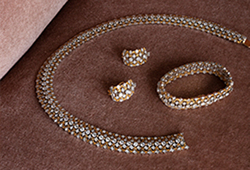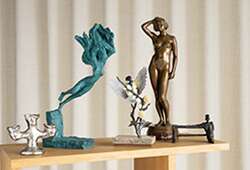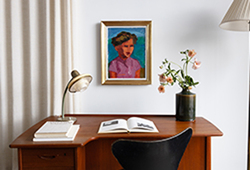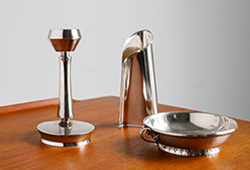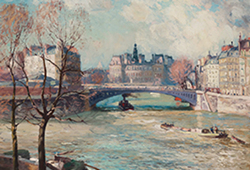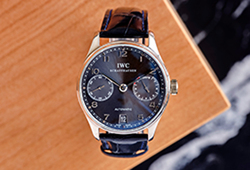A Dutch faience dinner plate, late 17th Century.
Decorated with a chinese figure scene to the center, around the rim within panels figure scenes an flowers. Diameter 25 cm.
Repair to rim. Chips.
Provenance
The Stenbeck Collection Part III.
Stenbeck was for many years the president of the Swedish Oriental Ceramics Society. His collection has been vast and unusual in comprising a wide range of Chinese porcelains produced primarily between 1572 and 1683, for the domestic Chinese, Japanese and Dutch markets.
Having studied, collected and exhibited these splendid wares for almost forty years, Stenbeck now feels that it is time to offer another part of his collection at auction. Bukowskis is pleased to have been able to sell items from this impressive collection during several auctions, see for example sale 568 an onwards.
This part, the Wanli Collection focuses on the export porcelain of the period of emperor Wanli (1572-1620) but also shows the transition towards painting/decoration of Chinese Export porcelain in the mid 17th Century porcelain. This academic collection also shows what impact this had on the Dutch faience production of the period (see lot 325-328 in the European section).
Part of the Stenbeck Transition Collection was exhibited at: "Den Befriade Penseln, 300 år av Kinesiskt porslin och konsthantverk". 4/6-3/9-2000. Heinola Konstmuseum och Stadsmuseum.
Literature
Although the origins of Dutch Delftware lay partly in majolica, which was based on southern European models, the seventeenth century also shows a strong Chinese influence on the Dutch pottery. This has of course everything to do with the arrival of the Chinese porcelain on the Dutch market in the same century, which had an immense consequence for the Dutch ceramics.
the Dutch East India Company (Verenigde Oostindische Compagnie – VOC) was founded in 1602. The first two large cargos of Chinese porcelain that reached Holland, came on Portugese ships which were captured by the Dutch in 1602 and 1603. The cargos consisted of spices, silks, musk and porcelain. The thousands pieces of porcelain were auctioned in respectively Middelburg and Amsterdam. This awoke the interest of Chinese porcelain in Holland and from then on the VOC focussed attention on China.
A group of potters made a choice: they started to imitate this so sought-after Chinese porcelain. Although they tried to imitate these exotic wares, they did not succeed in this (due to the lack of the right raw materials), and so they aimed at a sort of pottery that would be difficult to distinguish visually from the Chinese objects. This was the beginning of – as they called it at that time – Delffse porceleyn, or as it is known nowadays as Dutch Delftware.
Inspired by the Chinese Kraak-porcelain from the Wanli period (1573-1620) the Delft potters throughout the seventeenth century and in the beginning of the eighteenth century created faithful imitations which have been made for table use and for decorative purposes.





